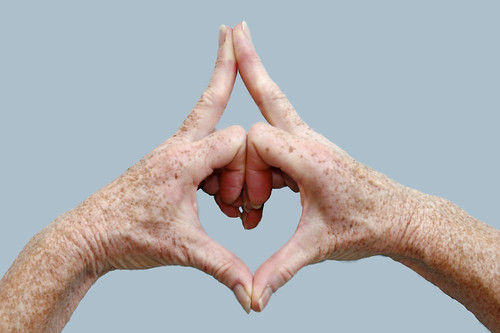Meditation (known as Dhyana in Sanskrit) was part of ancient yoga and remains one of the most essential features of yoga practice. Meditation is basically the most direct way to connect to supreme or essential “Self” (Atman) through developing deeper consciousness. And in addition to its spiritual significance, meditation and yoga are practiced together to establish and maintain optimal health and wellness.
In these modern times the practice of yoga training has become more estranged from meditation than in the past, with the primary focus often being on asana (poses), but nonetheless meditation still remains crucial to even the most fundamental understanding of the science of yoga. With the widespread attraction to yoga from today’s contemporary students, the question frequently arises as to whether meditation is really necessary to appreciate the full scope of what yoga practice has to offer.
This question will easily be answered once the student realizes that yoga and meditation are bound together as intimately as breathing and air. It is futile to attempt to practice one without the other. The very question of whether meditation is necessary to perform yoga properly indicates a general lack of understanding in regard to both subjects.
Yoga is meditation. It doesn’t really matter whether it’s fast or slow, hot or cold; all forms of yoga practice rely on the basic principles of meditation to occur. Yoga practice is a form of exercise as well, but it is exercise at its most highly evolved level, meaning yogic exercise is, in itself, a form of meditation.
Meditation brings consciousness to every action taken. In order to correctly perform yoga asana the mind needs to be active along with the body. This consciousness in action takes the form of counting breaths, holding poses, correcting alignment and smoothly sequencing from one position to the next. This activity takes place in accordance with a deliberate “mindfulness” that is the true essence of every yogic session.
Meditation recognizes that the mind is supervising this physical activity, but there is much more that the mind can be occupied with. The addition of Mantras, Mudras, introspective thoughts and even visualization will more fully occupy the mind so that the energies expended by the body are all working toward a single constructive purpose, to bring complete mindfulness and total awareness into every action.
Once these concepts are fully grasped it it becomes apparent that for people who chose to practice asana, meditation is absolutely required. Meditation cannot be some abstract idea that is separate from the whole of yogic science; meditation in fact, is the beginning and end of all yogic methods and techniques.
If you are among those who are confused (or even disturbed) by the concept of meditation, it may be helpful to think of it in a more straightforward manner. So consider this; meditation can be looked upon as a means of encouraging and hastening the attainment of the state of enlightenment through mental concentration, clarity of mind and self improvement.
Additionally, meditation is something that returns us to being in the present moment. It is a deep connection, through a heightened awareness of oneself, in relationship with the things and people all around. Meditation and yoga combined are known to be helpful in recovering from breathing problems, boosting the immune system, reducing cholesterol levels and increasing energy and stamina, resulting in an improvement of overall health and an enhanced sense of connection to the Divine Spirit within.


 If you’re looking for inner calm and a peaceful, more positive outlook on life, take a minute (or two – or ten) to bring your body, mind and senses into balance. Once you achieve this balance through meditation, your nervous system will find its sense of equilibrium and calm down, you’ll be less anxious and more open to gaining some powerful insights into your true nature (which is ageless). There are plenty of ways to meditate, so don’t be afraid to try, just find what works best for you and stick with it for a while. The process itself will show you the way. If you’re a beginner, just focus on your breath with no critique or judgment, and notice how it flows in and out of your lungs. If your mind begins to wander away from your breath, gently bring it back, remembering that the breath is the beginning and end of all life.
If you’re looking for inner calm and a peaceful, more positive outlook on life, take a minute (or two – or ten) to bring your body, mind and senses into balance. Once you achieve this balance through meditation, your nervous system will find its sense of equilibrium and calm down, you’ll be less anxious and more open to gaining some powerful insights into your true nature (which is ageless). There are plenty of ways to meditate, so don’t be afraid to try, just find what works best for you and stick with it for a while. The process itself will show you the way. If you’re a beginner, just focus on your breath with no critique or judgment, and notice how it flows in and out of your lungs. If your mind begins to wander away from your breath, gently bring it back, remembering that the breath is the beginning and end of all life.


